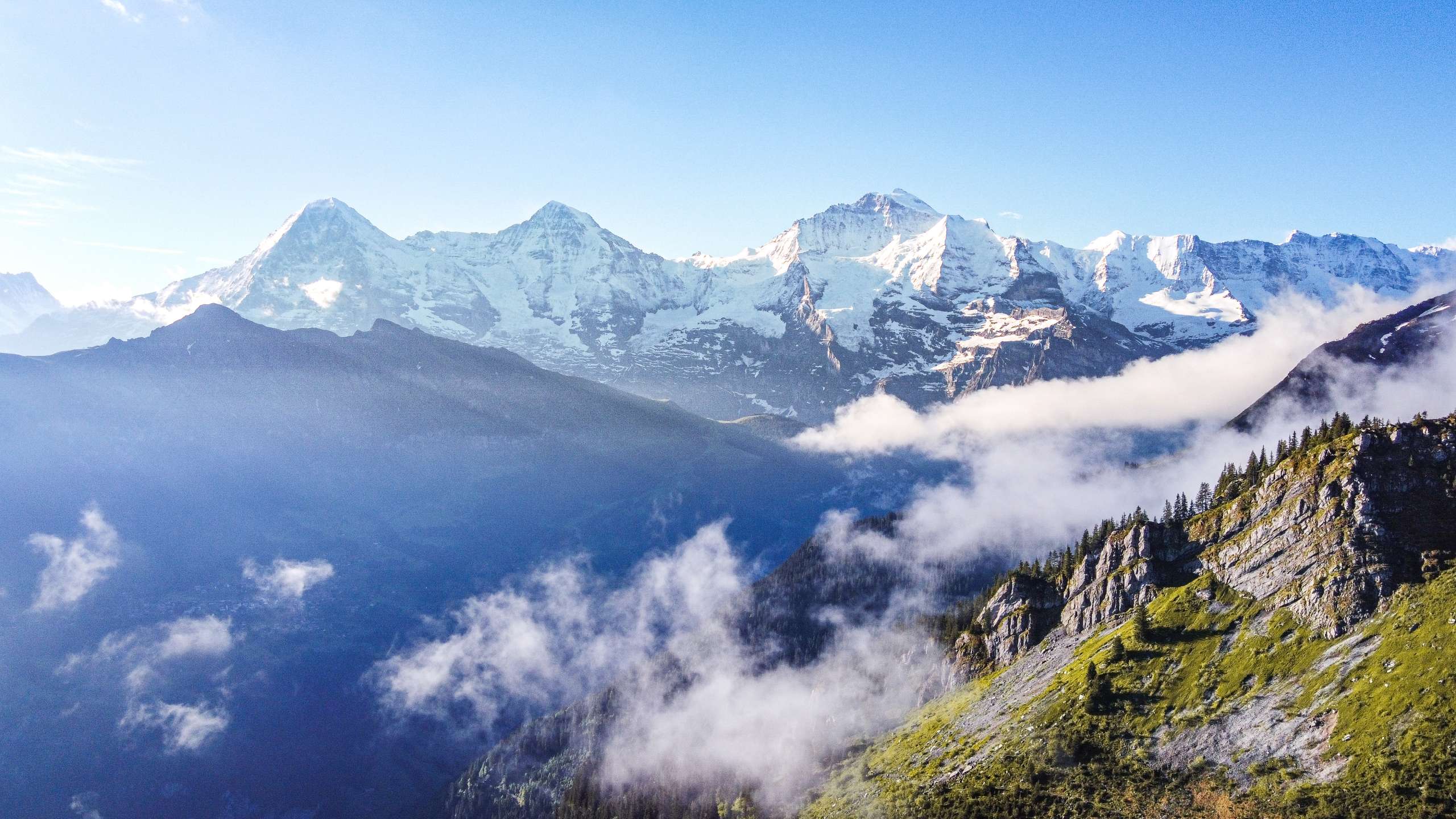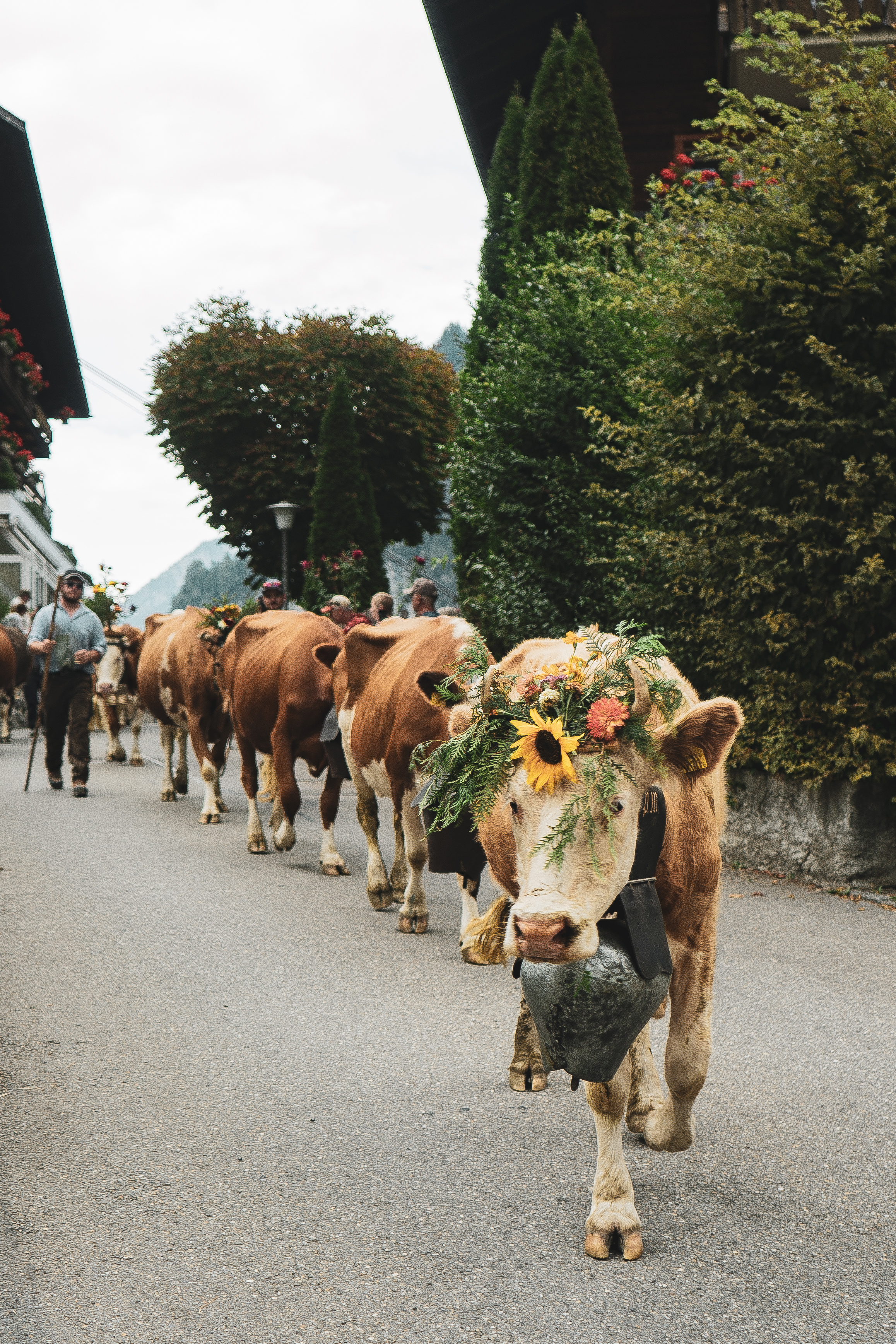Who's that peering out of the bushes?
The Jungfrau Region not only impresses with breathtaking peaks, deep valleys and a spectacular panorama - it is also a true paradise for animal lovers. A diverse animal world lives between wild rock faces, flowering alpine meadows and quiet forests. If you hike with your eyes open, you might suddenly hear a marmot whistling, a chamois nimbly climbing up the slope or a golden eagle circling high above. We introduce you to three particularly fascinating animals here - and reveal how you can perhaps get very close to them (without disturbing them!).
Marmots - The alpine guardians with a difference
Marmots are real favourites. The roundish rodents live in large family groups in caves they have built themselves, usually above 1,500 metres. They can often be seen - or rather heard - around Kleine Scheidegg, Männlichen or in the Gemmenalphorn range. Because their loud warning whistle often announces from afar that they have spotted you. Marmots are most active from spring to autumn - they sleep away the winter deep underground.
Fun fact: Marmots hibernate for up to 7 months - that means they sleep for more than half the year!
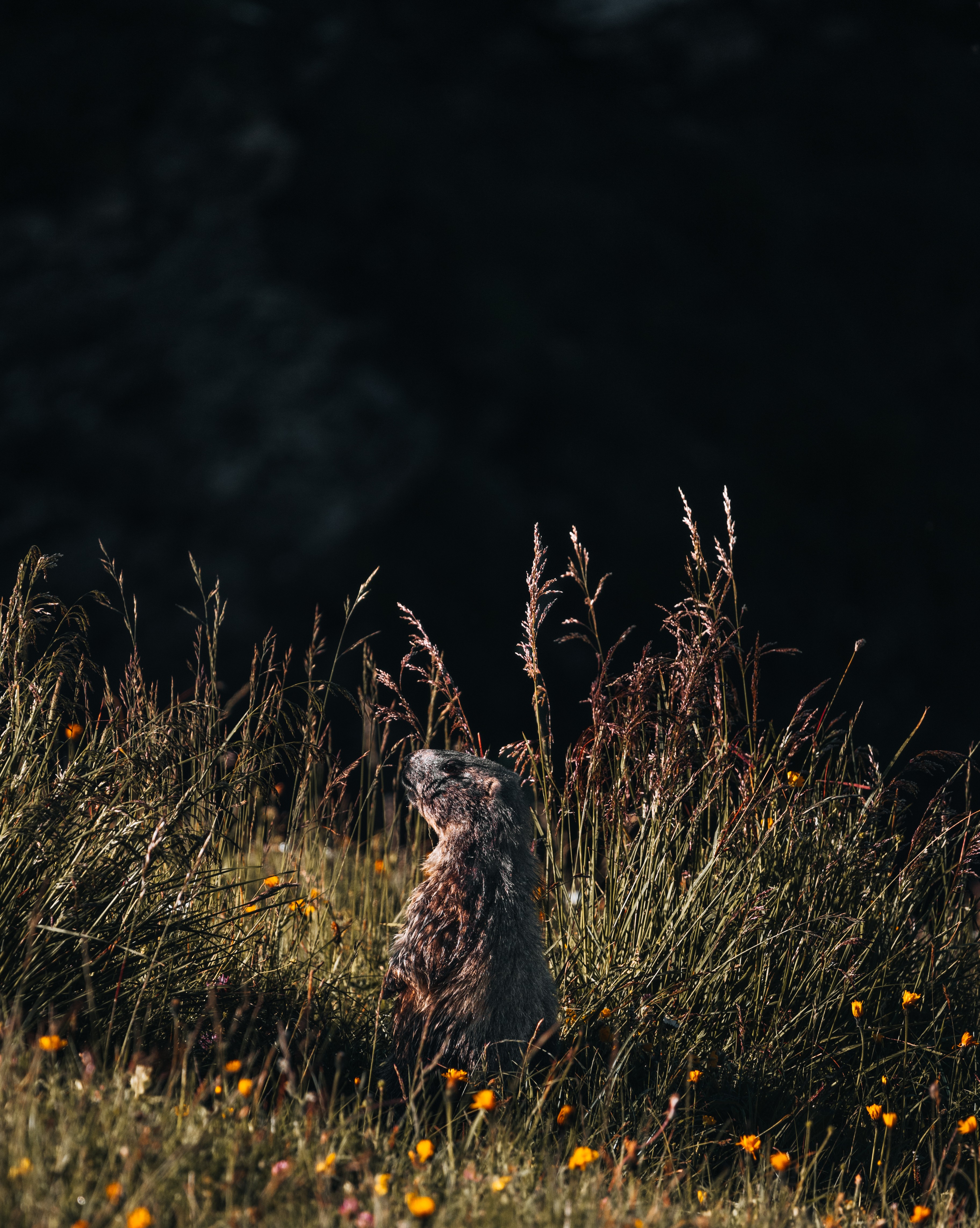

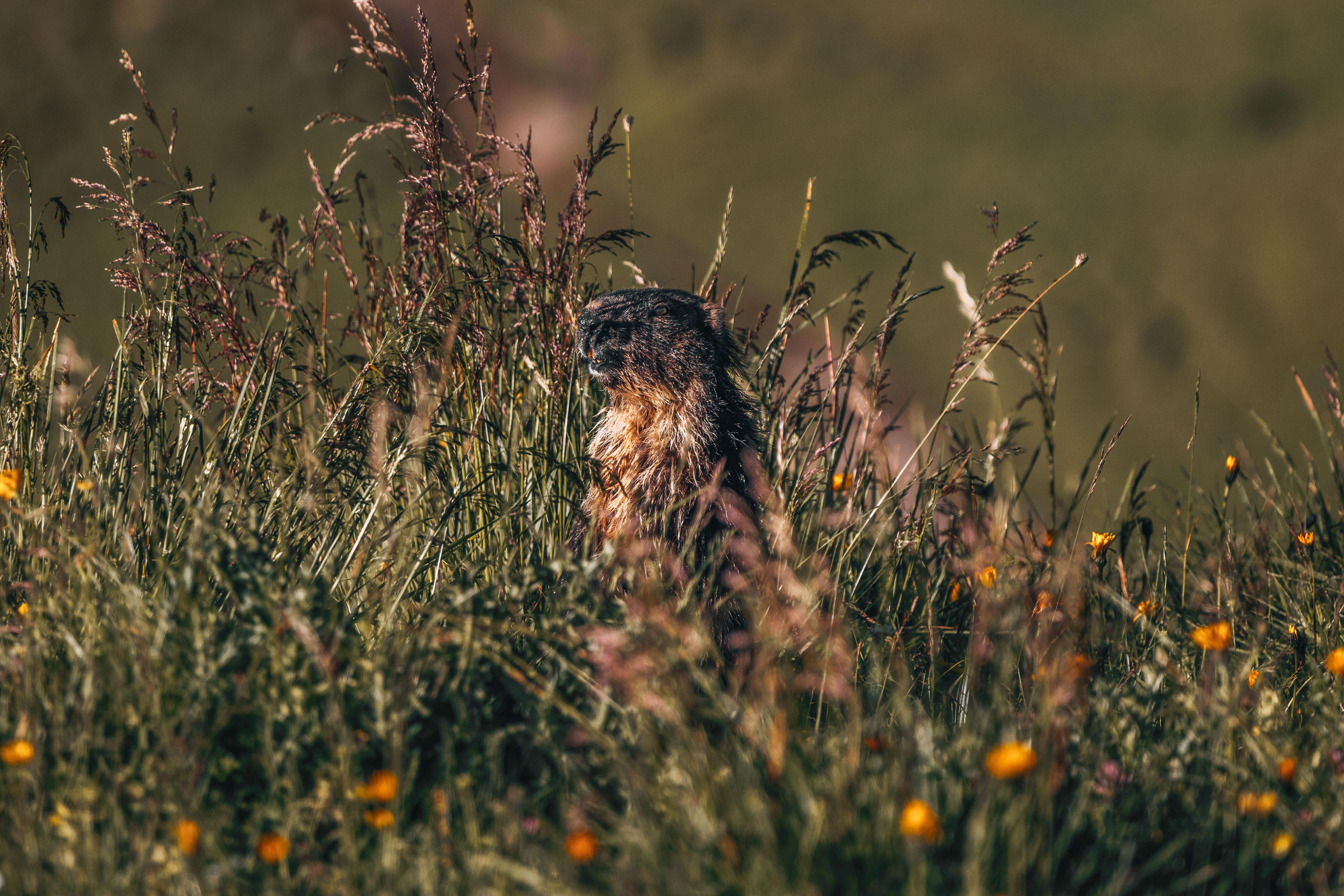
Cows - the cosy alpinists
Few images characterise the Jungfrau Region more than peacefully grazing cows on lush alpine meadows. With their gentle nature and tinkling bells, they are an inseparable part of the Alpine landscape. Especially in areas such as Wengen, Grindelwald or on the Kleine Scheidegg, you can meet them from early summer to autumn. If you hear a friendly moo on a hike, you know that this is authentic Switzerland.
Tip: Around September, the cows come down from the mountains into the valleys as part of the Alpine cattle drive, a first-class opportunity to see them up close in their finery.
Fun fact: Cows have the best views - they can see almost 330 degrees all round without moving their heads!
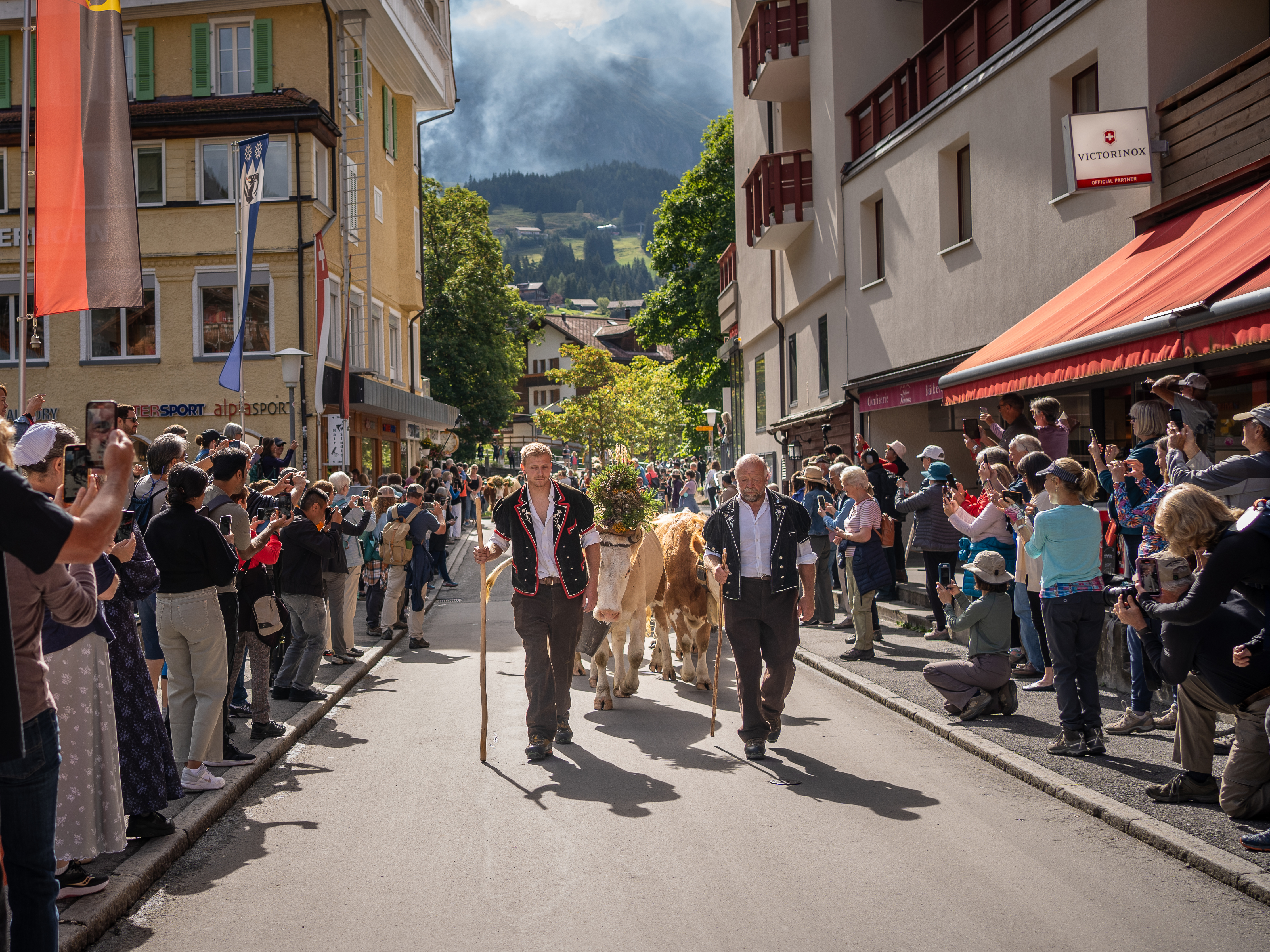
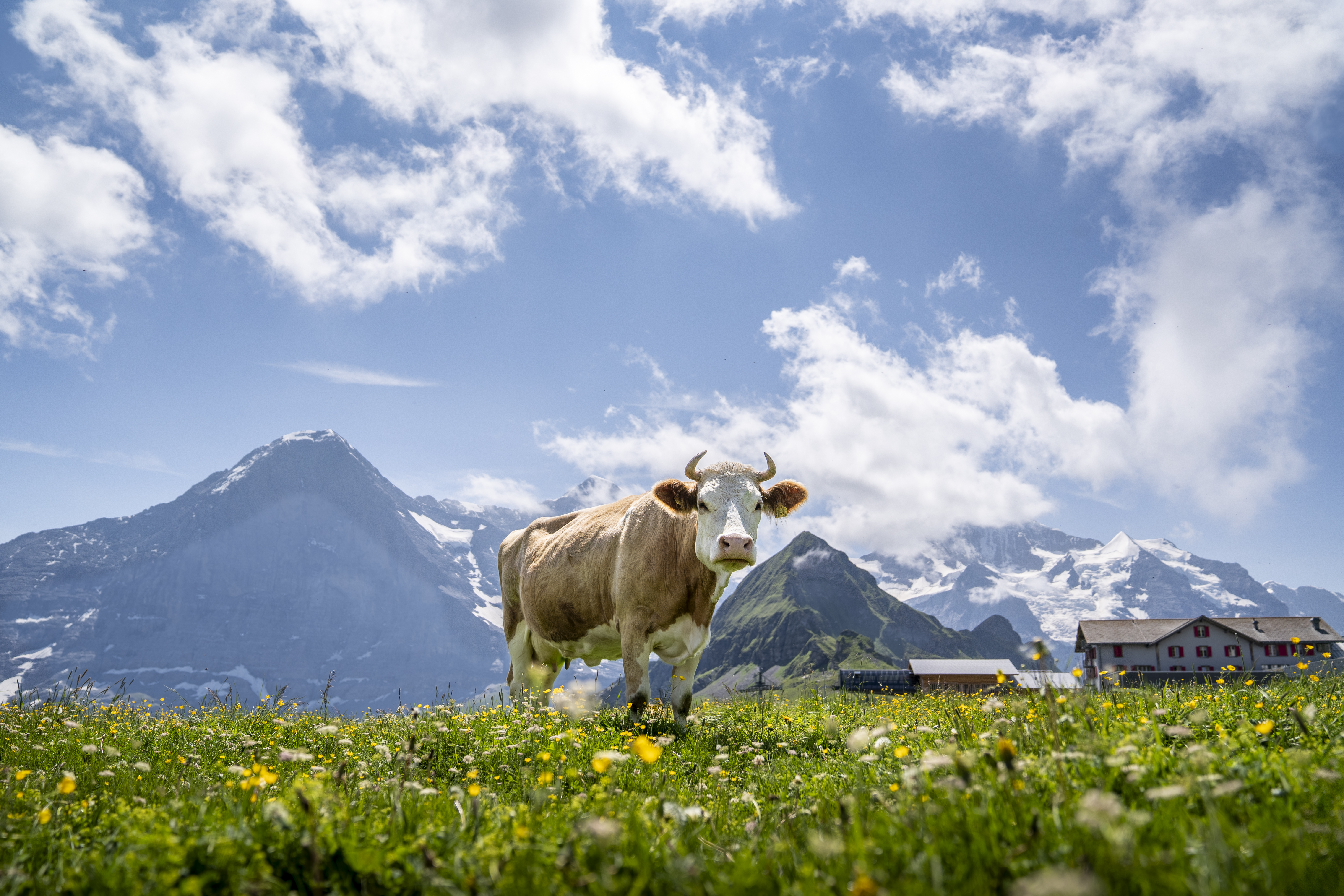
Goats - the cheeky climbing artists
Goats are the secret stars of the steep slopes of the Jungfrau Region. Their incredible sure-footedness and curiosity make them charming encounters on many alpine hikes, for example around Mürren, Gimmelwald or Meiringen. They are particularly active in summer, when they undertake daring climbs in search of food. With their lively behaviour, they not only bring life to the alpine pastures, but also lots of laughs.
Tip: You can get to know the Grindelwald goats personally at the Steessiboden goat herding centre. More information under this link: Steessiboden goat herding centre - Jungfrau Region Tourismus AG
Fun fact: Goats memorise faces - and prefer friendly-looking people!
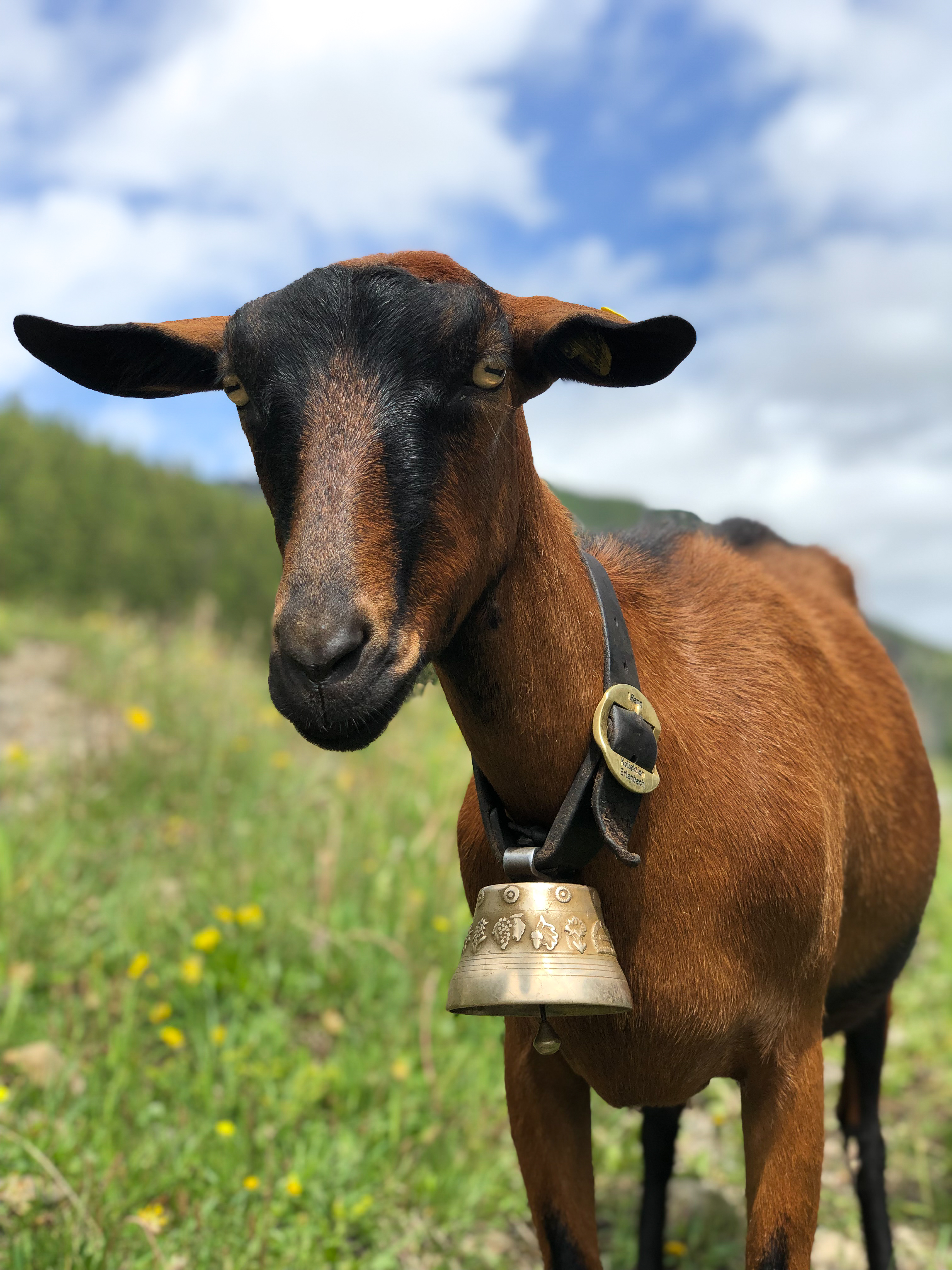
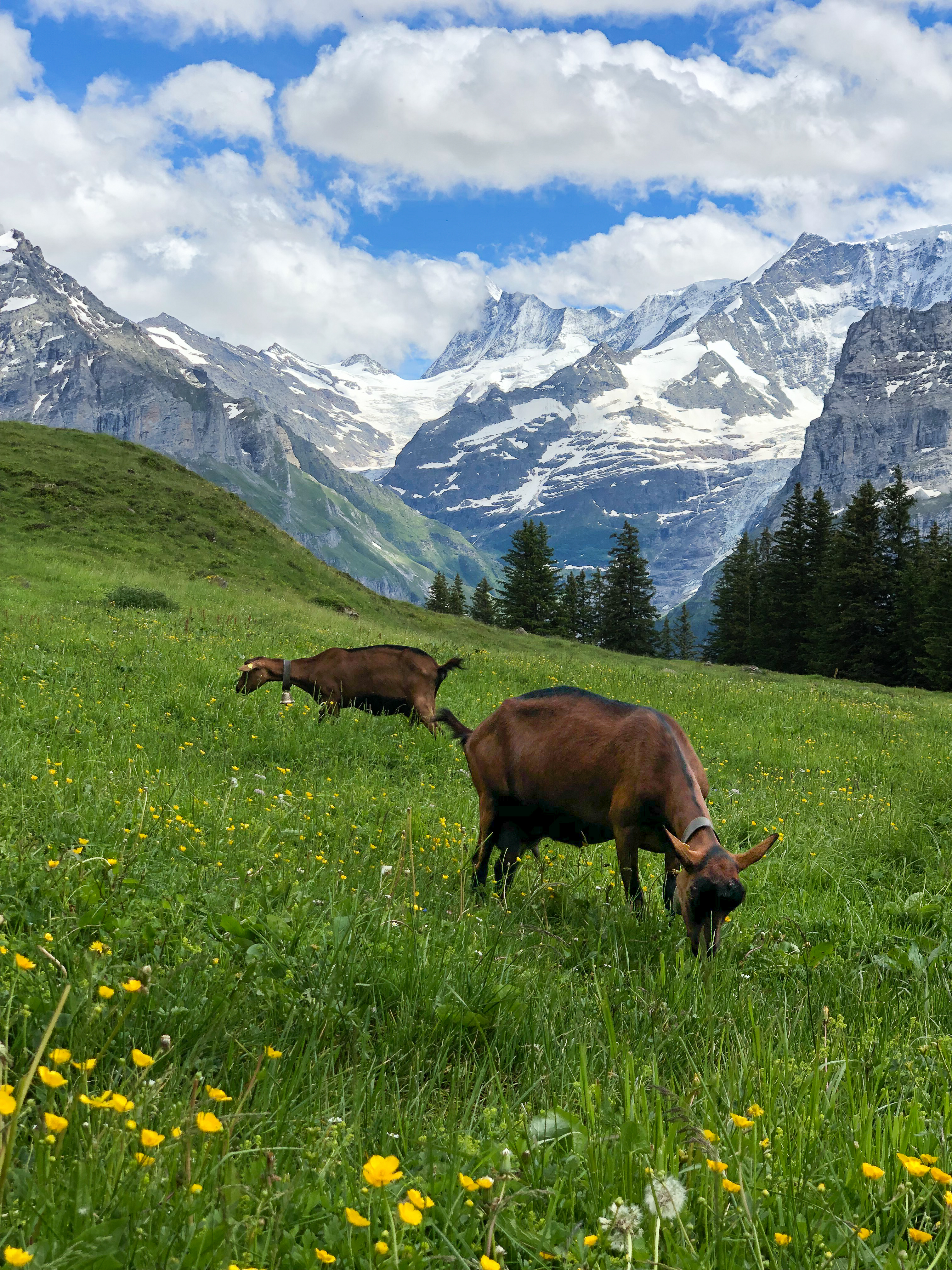
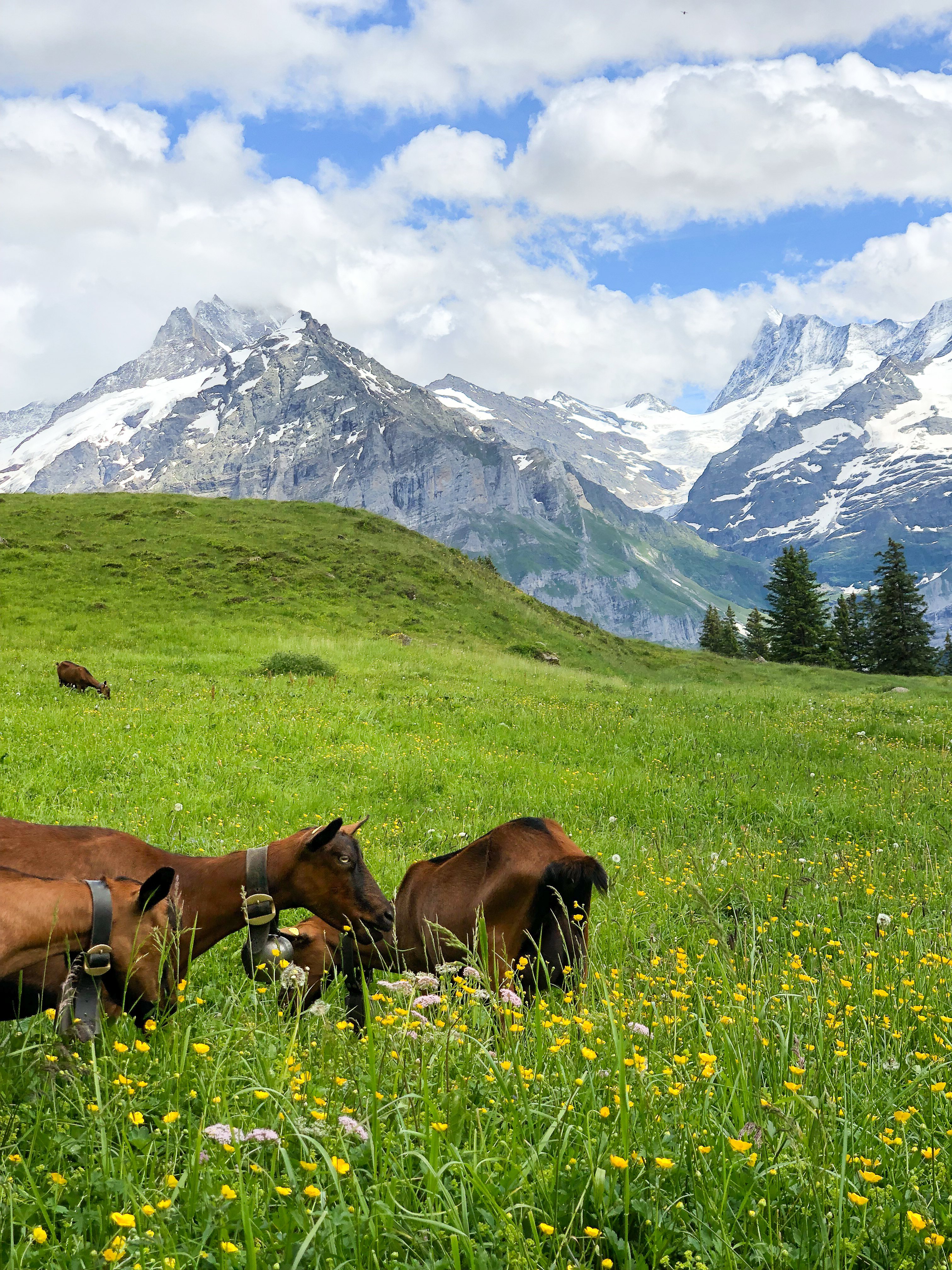
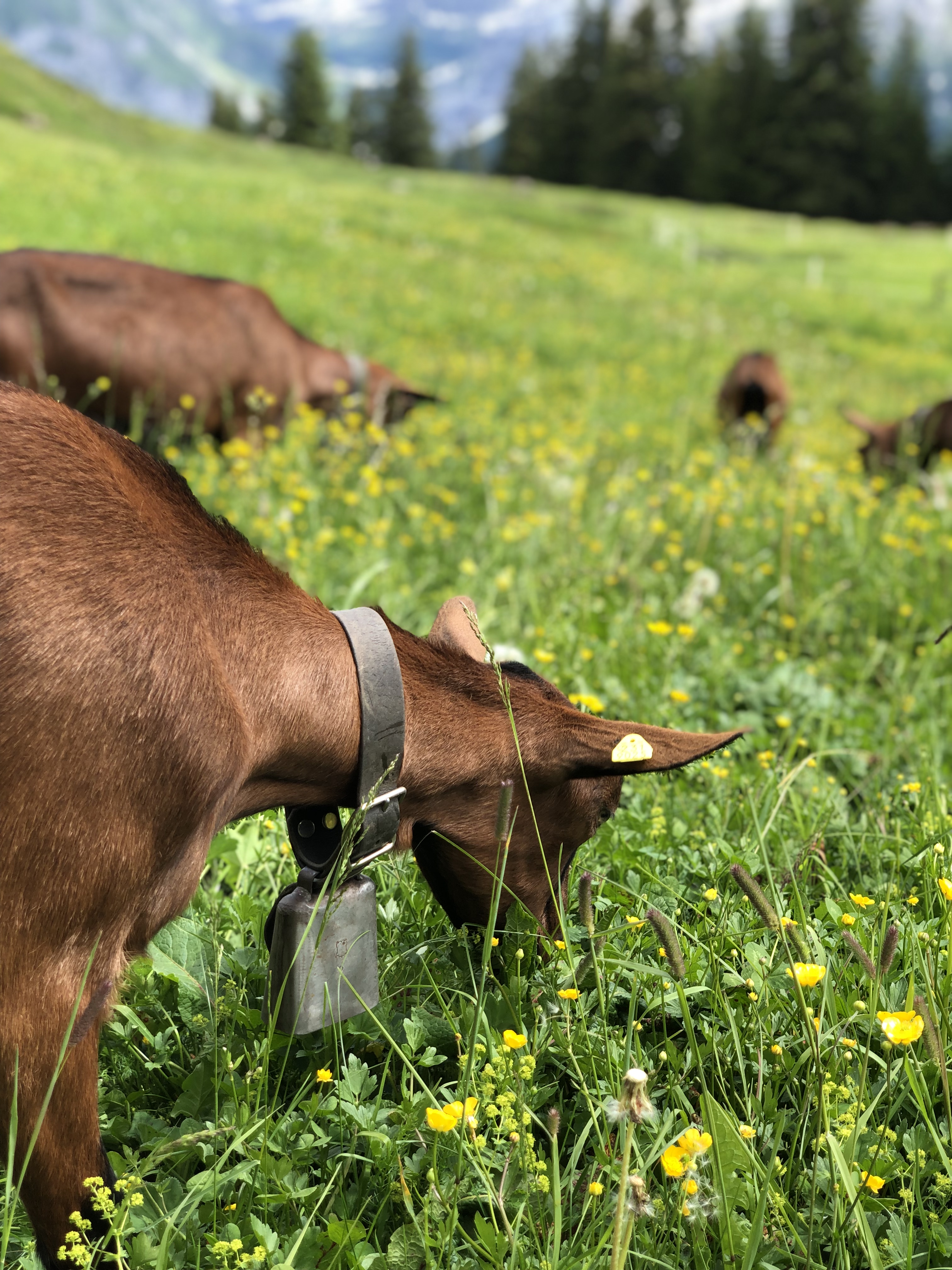
Golden eagles - the kings of the skies
With a wingspan of up to 2.3 metres, the golden eagle is one of the most impressive animals in the region. It is rarely seen up close - but if you keep your eyes on the sky, you may be lucky enough to see it gliding silently over the mountain ranges. Especially around the Lauterbrunnen valley, the Faulhorn area or the Schilthorn, there are good chances of spotting an eagle. The best time for this is late spring through to autumn, when the thermals are strong enough.
Fun fact: Golden eagles can reach speeds of over 200 km/h in a dive - that's Formula 1 speed with feathers!
Tip: Guided game viewing in Grindelwald
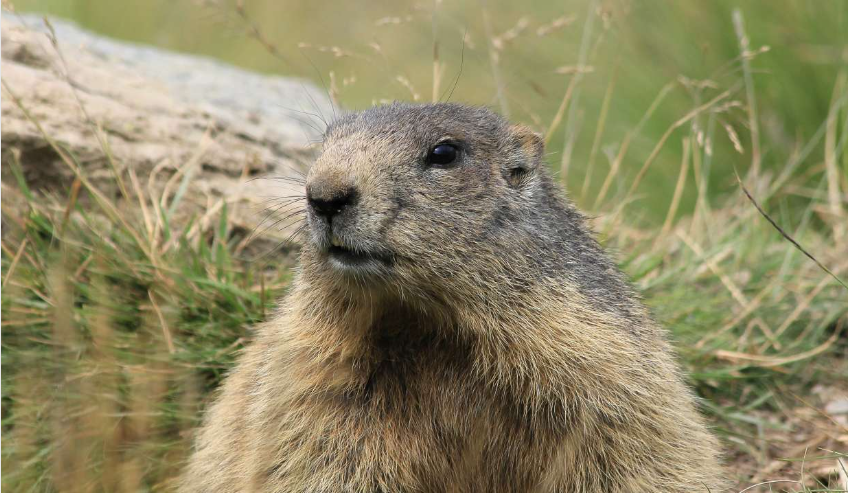
If you want to get particularly close to wild animals without disturbing them, you can take part in a guided wildlife watching tour in Grindelwald. Equipped with a hunter, a camera and a telescope, you set off early in the morning - with the chance of spotting chamois, ibex or even eagles. For more information, see this link: Guided Wildlife Tour – Grindelwald Tourism
Conclusion: Eyes open - heart wide
The wildlife of the Jungfrau Region is as diverse as it is impressive. Whether you are a hiking fan, nature photographer or simply curious - with a bit of luck and patience, you can experience magical moments with the wild inhabitants of the Alps along the way. Always remember: observe at a distance, avoid noise and give the animals their space. In this way, you will help to ensure that these encounters remain possible in the future.


